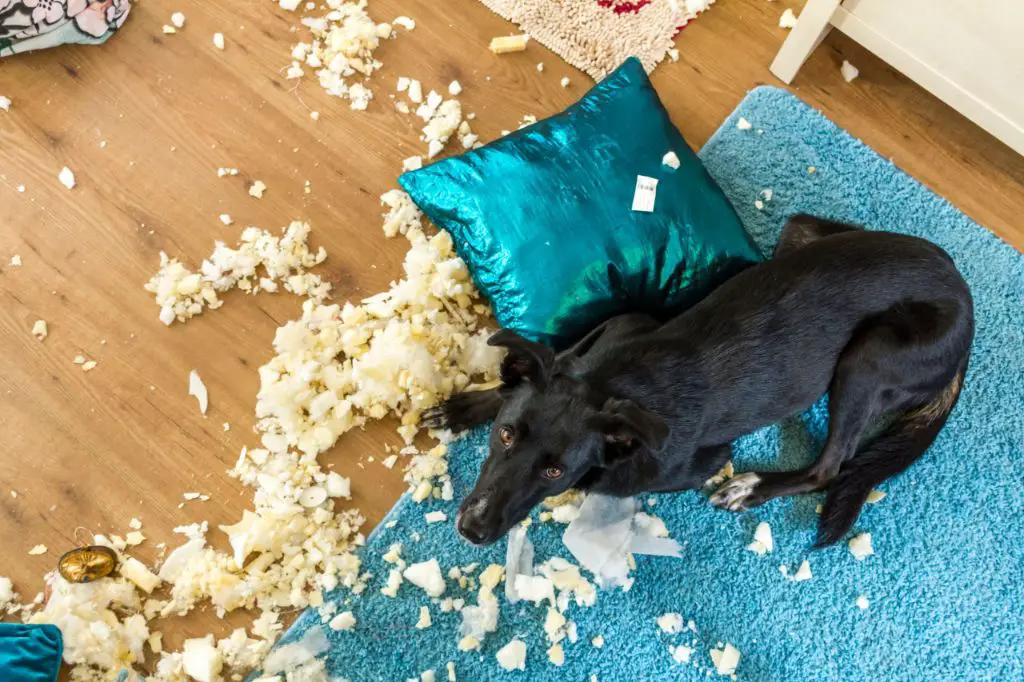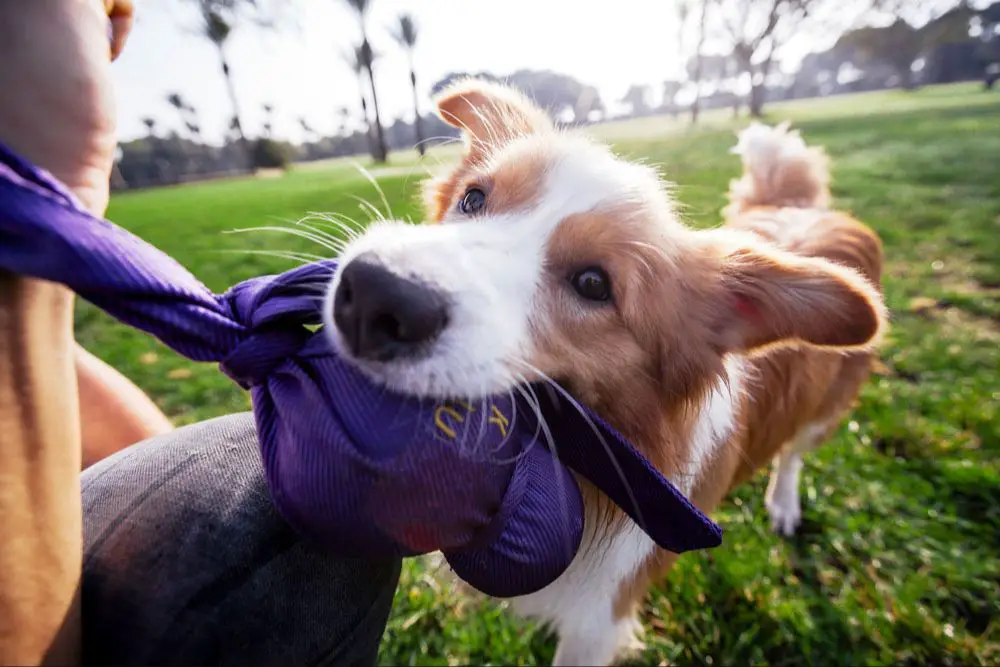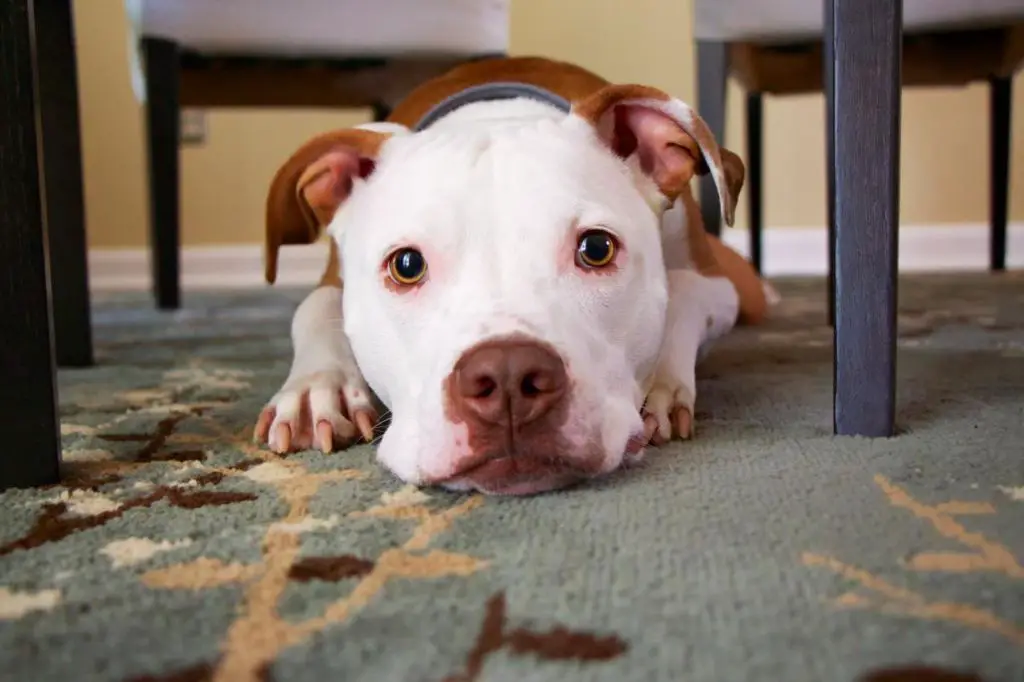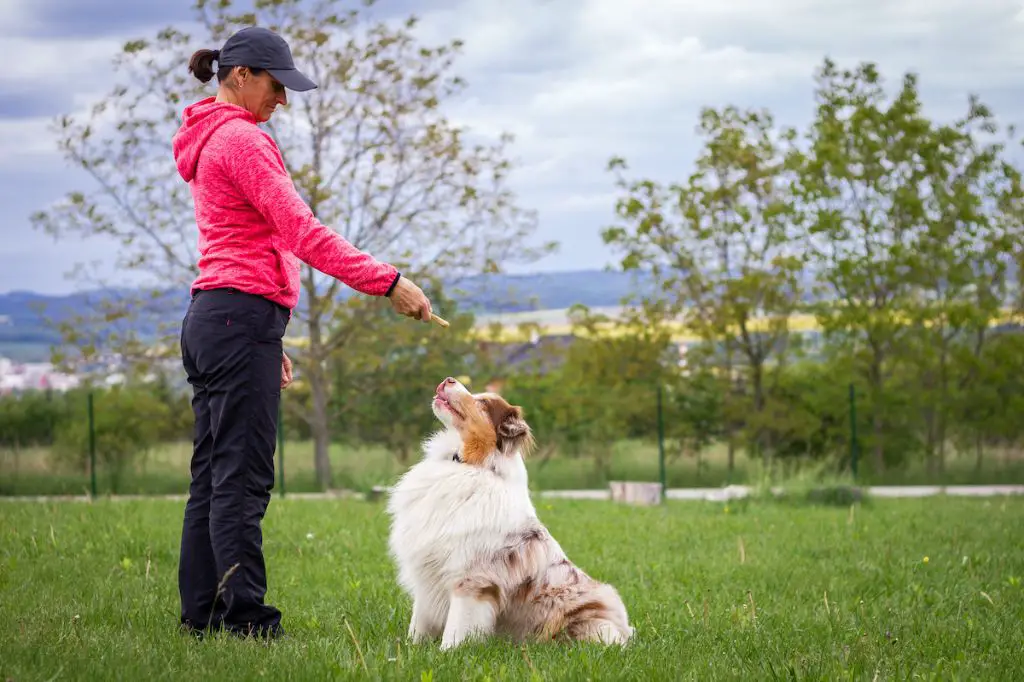What Does ‘Back of the Pack’ Mean for Dogs?
Being at the back of the pack indicates a dog’s position within a social hierarchy. In the wild, dogs naturally form packs with complex social structures. Within a pack, each dog has a defined role and rank. The dogs at the front or middle of a pack are typically more dominant, confident, and assertive. Meanwhile, dogs at the rear are more cautious, anxious, and submissive (https://www.cesarsway.com/the-right-place/).
Back-of-the-pack dogs often display fearful, shy, or anxious behaviors because they lack confidence and leadership from stronger pack members. Rather than asserting themselves, these dogs tend to be more reserved and careful around new people, animals, and environments. They prefer to hang back rather than lead or initiate play. Being at the back indicates the dog sees themselves as lower ranking within their social group (https://www.oakleighcentralvet.com.au/single-post/2019/02/26/know-your-dogs-natural-pack-position).
Typical Behaviors
Dogs that are considered “back of the pack” often exhibit certain behaviors that reflect their lack of confidence and perceived lower status within the group. Some common behaviors seen in these dogs include:
- Lagging behind on walks – These dogs tend to trail behind the rest of the group on walks and hikes, preferring to take up the rear position.
- Avoiding eye contact – They avert their gaze and avoid making direct eye contact with humans or other dogs.
- Submissive urination – When greeted, they may urinate out of submissive appeasement.
- Hiding behind owners – In uncertain situations, they take cover behind their owner’s legs or position themselves out of sight.
According to the ASPCA, these behaviors reflect a lack of confidence and self-assuredness [1]. The dog feels unsure of its place within the pack’s social structure.
Causes
There are several potential reasons a dog may consistently lag behind the rest of its pack, displaying more timid “back of the pack” characteristics:

Lack of socialization as a puppy is a common cause. Without enough positive exposures to new people, animals, places and situations, a dog may grow up fearful and uncomfortable engaging with novelty. This can lead to hanging back during walks or playtime (Cesar’s Way).
Past trauma or negative experiences can also shape a dog’s personality and make them more cautious. Being attacked by another dog, getting scared by loud noises like fireworks or thunderstorms, or even just rough handling as a puppy can instill lasting fear and insecurity (Oakleigh Central Vet).
Certain health issues that cause chronic pain or discomfort may make a dog more hesitant to be active and outgoing. Conditions like arthritis, hip dysplasia and anxiety can all contribute to a dog lagging behind the “pack.”
Additionally, poor breeding focused more on looks than temperament can produce dogs with innate shyness and fearfulness. Nervousness and insecurity can run in certain breeds or lines.
Risks
Dogs that consistently remain at the back of the pack can face increased stress and anxiety. Without proper leadership, they may feel uncertain about their place in the pack hierarchy. This can lead to chronic vigilance and wariness as they try to assess potential threats.
Back of the pack dogs are also more prone to fearful reactions when introduced to new stimuli, people, or environments. They lack the confidence that comes from following a strong leader. Instead, they may resort to fearful barking, cowering, or even aggression in response to unfamiliar situations.
If a back of the pack dog feels threatened or challenged, they are more likely to escalate to aggression as a self-protective response. Without clear guidance from the human “leader,” these dogs are more apt to take matters into their own paws.
Building Confidence
One way to help a fearful or nervous dog build confidence is to reward brave behavior (Building Confidence in Dogs). When your dog demonstrates bravery, even in small ways like walking past a fence or approaching something new, reward them with treats, praise, and play. Using treats and toys as motivation gives your dog positive associations.

You can also help build confidence by desensitizing your dog to triggers through gradual exposure (5 EASY Ways to BUILD CONFIDENCE in a Fearful & Nervous Dog). Start with low-level versions of the trigger they are fearful of, like noises, objects, or situations, and reward calm behavior. Very gradually increase the intensity while continuing to provide treats and praise for relaxed responses. This helps the dog learn the trigger is not something to fear. Go at your dog’s pace during this training.
Providing Reassurance
When your dog is feeling fearful, it’s important to provide reassurance in a calm and assertive manner. Remaining calm yourself can help relax your dog. You want to give affection at the right times, when they are displaying calm behavior, rather than coddling or babying the dog when they are afraid. Avoid comforting the dog excessively when scared as this can reinforce the fearful behavior. According to dog experts, you should “Always be gentle, positive and kind. Never, ever use physical force or punishment on a fearful dog.” It’s vital to be patient and use positive reinforcement training to build your dog’s confidence.
Training Tips
When working with a back of the pack dog, it’s important to utilize positive reinforcement training techniques. This builds confidence through rewarding desired behaviors, rather than using punishment or scolding for undesired behaviors. Some key tips include:
Focus on setting your dog up for success. Break down commands into small, achievable steps so your dog experiences positive outcomes frequently. Make sure to reward each little success with treats, praise, play, or whatever motivates your dog. This helps build confidence and willingness to work.
Impulse control is key. Work on having your dog wait, leave food alone until released, maintaining eye contact, heelwork, and other focus exercises. Reinforce your dog for ignoring distractions and focusing on you. This increases their engagement during training. Start in low distraction areas and work up to more challenging environments.
Make training sessions fun by playing games that incorporate obedience like hide and seek with sit stays or fetch that requires polite taking and releasing of toys. Incorporate play after performing commands to associate training with rewards.
Be patient and consistent. Some dogs take longer to build confidence in training. Keep sessions short and upbeat. End on a positive note so your dog looks forward to next time. Celebrate small achievements on the path to overcoming “back of the pack” tendencies.
Management Strategies
There are several effective strategies for managing a back of the pack dog at home:

Give them a safe space to retreat. Dogs that prefer staying at the back of the pack are often more anxious or timid. Providing them with a quiet, comfortable area like a crate or bed where they can retreat when feeling overwhelmed can help them feel secure.
Use pheromones or anxiety wraps. Pheromone sprays, diffusers, and collars release calming pheromones that can reduce stress. ThunderShirts and other anxiety wraps provide gentle, calming pressure. Both can be useful for anxious back of the pack dogs.
Focus on positive obedience training. Reward-based training that relies on treats, praise, and positive reinforcement works better than punishment for timid dogs. Teaching commands like “sit,” “stay,” and “focus” can help build confidence.
Gradually expose them to new stimuli. Introduce potentially stress-inducing situations like new people or animals slowly and in a controlled way. Go at their pace and retreat if they get overwhelmed. This preemptive approach prevents fear from developing.
Reinforce calm, relaxed behavior. Reward them with treats and praise when they demonstrate calm behavior. This positive reinforcement communicates that relaxed states are desirable.
Professional Help
If a dog’s ‘back of the pack’ behavior persists beyond typical training and management techniques, seeking professional help is recommended. A certified veterinary behaviorist or applied animal behaviorist can assess the dog’s behaviors and develop an individualized behavior modification plan.
The first step would involve a thorough veterinary exam to rule out any underlying medical conditions that could be causing pain or discomfort leading to fear-based behaviors. Treating any physical problems can help improve the dog’s overall wellbeing.
Next, a certified behaviorist uses force-free, positive reinforcement training methods. They will look at the dog’s unique personality, environment, and relationships to determine the motivation behind their fearful reactions. Customized training and management plans will target building confidence, resilience, engagement with the owner, and appropriate responses to triggers.
With professional guidance using reward-based training, most dogs can learn to overcome their fearful tendencies and become more confident members of the family pack.
Providing Proper Leadership
Dogs naturally look for leadership and structure within their pack. As the human owner, it’s important that you establish yourself as the calm, confident leader so your dog feels secure knowing he can look to you for guidance. According to Cesar’s Way, there are a few keys to providing proper leadership for your dog:

Be the role model. Your dog will look to your energy, body language and consistency to determine how to act. Remain calm and assertive when giving commands. Motivate and guide. Use encouragement and rewards to motivate your dog to follow your leadership. Set rules and boundaries, but also give affection to nurture your bond. Remain calm and consistent. Dogs do best with structure and clear communication. Respond to unwanted behaviors calmly and consistently to teach your dog the rules.
By establishing yourself as the stable pack leader, you can build your dog’s confidence so he comfortably follows your direction. With time and patience, you’ll motivate your dog to focus on you and look to you for support.
